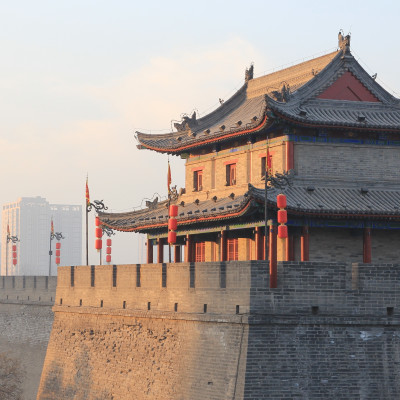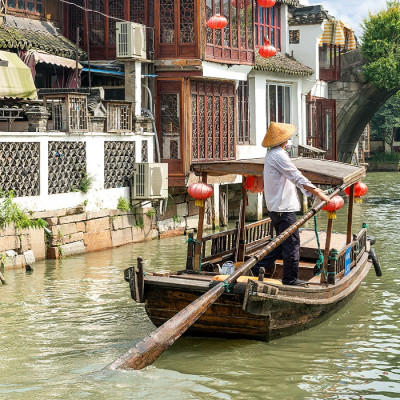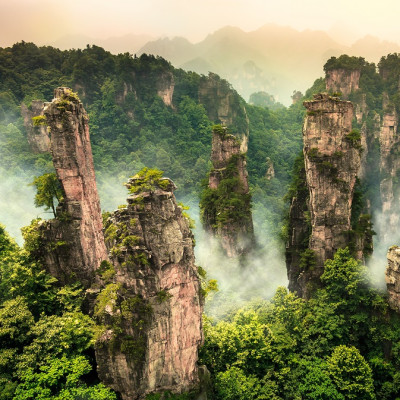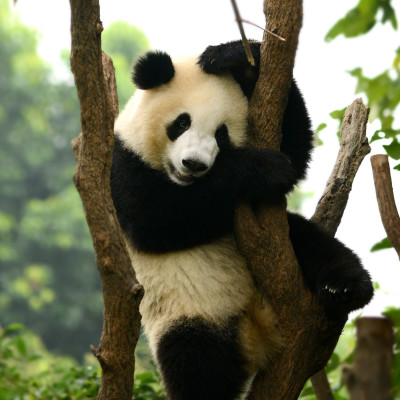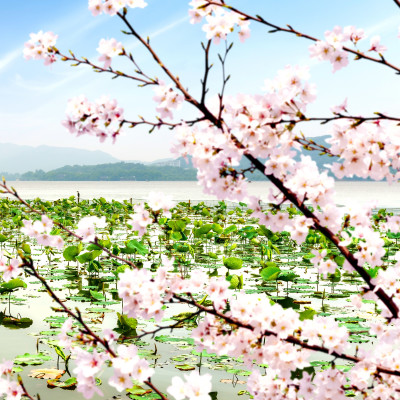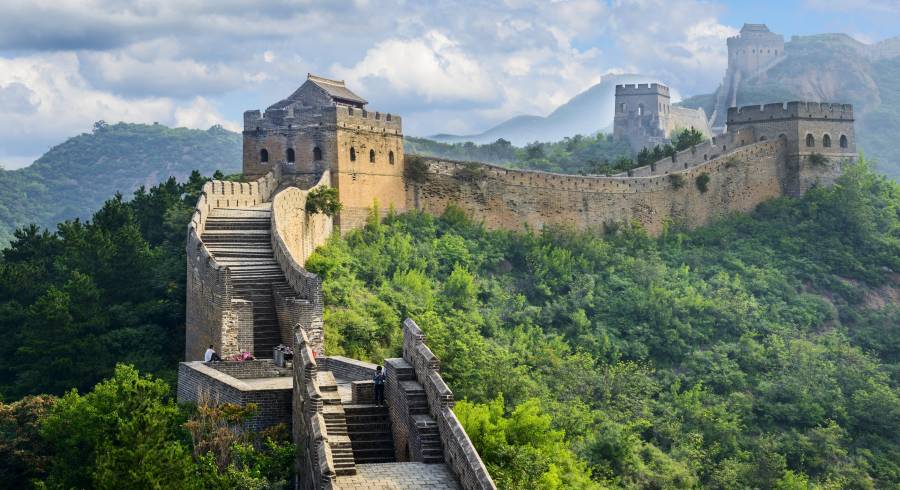Ancient history of China
Like many countries with an ancient history, the roots of the Chinese civilization can be traced to a series of warring tribal cultures. These became the earliest Chinese dynasties: the first of which, the Shang, ruled around 3000 years ago. It was during this period that the first form of written Chinese was developed that can be found on artifacts in museums across China, especially in the Henan region, the home of the Shang dynasty.
The Shang were often at war with the neighboring Zhou civilization, who eventually conquered the Shang and went on to rule for many centuries and turned China from a tribal society to a feudal one. You can see relics and ruins from the Zhou Dynasty on your visit to the historical city of Luoyang, which was once their capital city.
It was during this time that the legendary Chinese philosopher/religious figure Confucius lived. Even today, 2000 years later, his ideas continue to have a profound impact on Chinese culture and society.
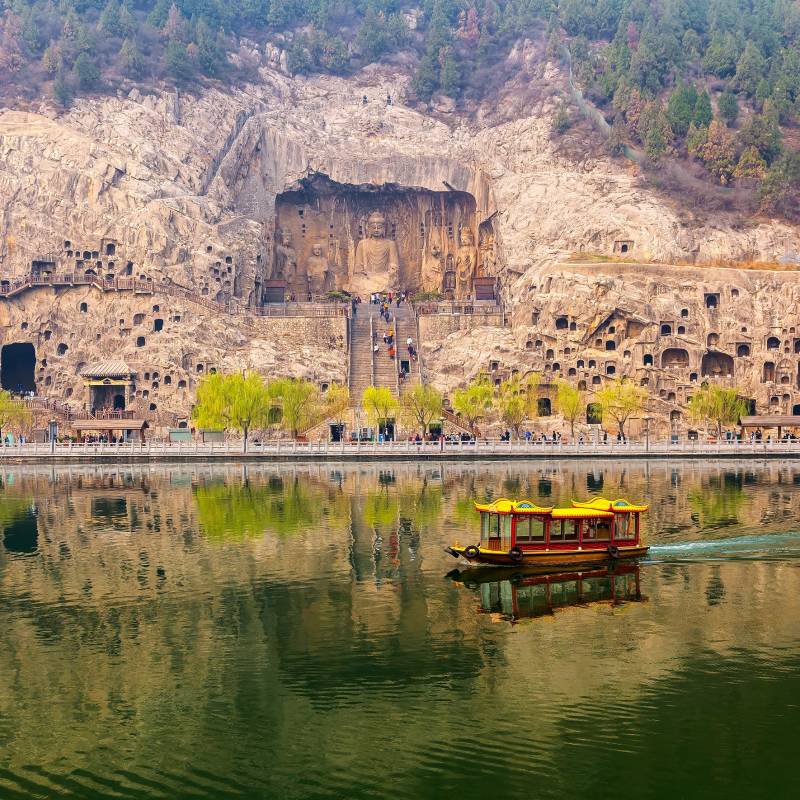
Chinese dynastic rule
This was a time of great conflict – great warrior kings fought hard for dominance over the increasingly vast country. Eventually Qin Shi Huang, arguably the most significant individual in Chinese history, turned China from a series of warring kingdoms into an Empire. In fact, the modern name ‘China’ is a reference to him (Qin, when spoken correctly, sounds like ‘Chin’).
Although he was a tyrannical leader, Qin Shi Huang gave China a common currency, writing style, and for a brief time, a clearly defined border. He fathered an idea – that of a single Chinese state, which has continued for centuries. Although details of his rule isn’t too well known outside China, the army that was created to protect him in the afterlife is world-renowned – the famous Terracotta Warriors, which you can see near the historical city of Xi’an.
Despite being the most significant, the Qin dynasty, was by no means the last. For many centuries after, different imperial dynasties ruled China, lasting all the way until 1912, after which China became a republic.
Each dynasty influenced Chinese culture in different ways; it was during the Han Dynasty (206BC-220AD), that Buddhism spread to China from India. Buddhism particularly took hold in Tibet, which, since the 1950s, has been under Chinese governance. Today China has many Buddhist temples and landmarks such as the giant Buddha sculpture in Leshan. Another significant dynasty was the Tang (AD 618–907), which saw many great developments in Chinese politics, art, and technology.
Since then, different dynasties have risen and fallen. Trade with the west increased and by the 19th century, vast numbers of Chinese were resettling in the West, and places like Hong Kong, which was under British colonial rule), became major international trading hubs.
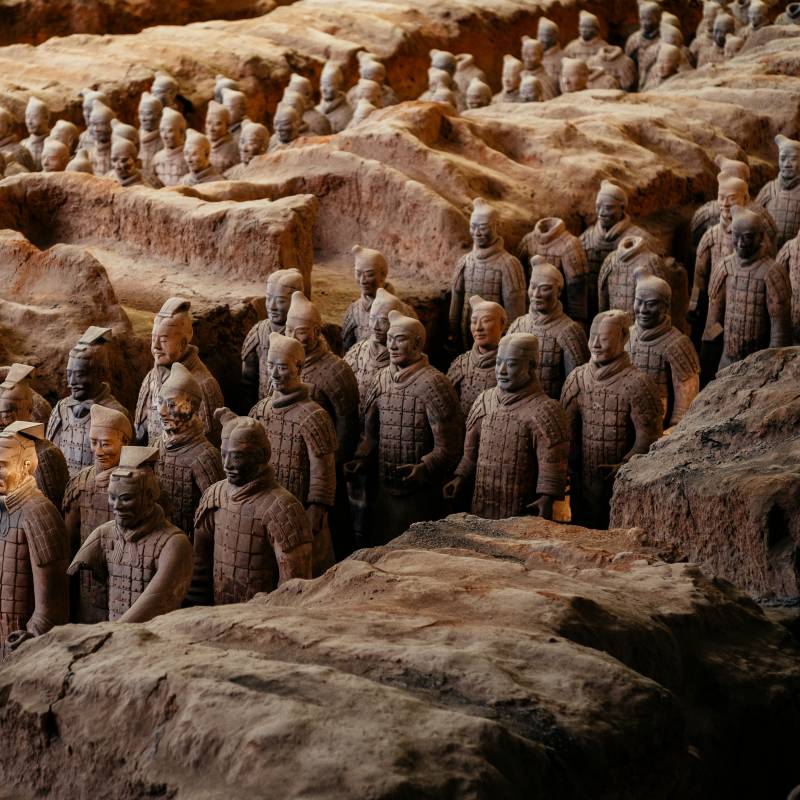
Modern China’s emergence on the world stage
China became a republic in 1912 following a brief revolution, which brought to an end 2000 years of dynastic imperial rule. Due to the massive power vacuum which came into place following the forced abdication of the emperor, China soon found itself embroiled in civil war. This was followed by the Japanese invasion in the second Sino-Japanese War, technically predating WWII, which became part of the larger conflict when USA declared war against Japan in 1941 until Japan surrendered in 1945.
During the war, the Chinese Communist Party grew in strength and by 1949, led by Chairman Mao, became the unquestioned dominant political force in China. Mao sought to both modernize China and impose his personal ideology on the country’s citizens.
These goals, known as The Great Leap Forward (1958-1962) and The Cultural Revolution (1966-1976) were forced upon China with such aggression that millions were left dead by the end, either through severe famine or through outright violence or by military or police action. In many ways, China is still trying to come to terms with what happened in these terrible years. Unlike some countries which have gone through similar episodes, you won’t find too many memorials or museums covering this dark time. Instead, China looks to the future.
China today is an economic global powerhouse. It is the largest exporter of goods, the world’s second-largest economy, and a global leader in science and technology. When you visit China today, you will be discovering a country on the verge of superpower status. The history of China has shaped the world, its influence continues to impact the world around us.
Visit China with an expert Enchanting Travels team to discover its history and how that has shaped this fascinating country. Contact us today for a completely customized, obligation-free itinerary.

From the Blog

There is something truly unique about a luxury cruise down Asia’s magnificent and iconic rivers. Discover our top 10 favorites for your cruise of a lifetime!

Brace for a delectable journey as we take you on the trail of some of the best Southeast Asia street food you can possibly have.
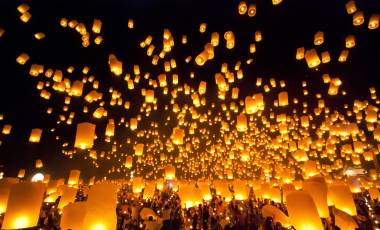
Most Southeast Asia festivals are an interesting blend of religious beliefs, cultural norms and lifestyles that have often evolved over time, giving you a delightful insight into the lives and cultures of the people of different nations. It’s time to immerse yourself in the local culture on your luxury Asia tour. Festivals in Asia: Thadingyut Festival of Light, Myanmar…
Sorry, your search found no results.
Popular Trips to China
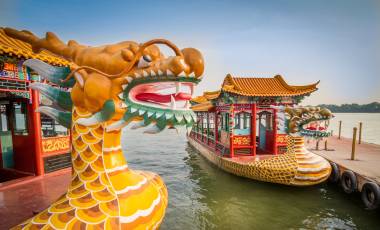
Set out for a fun-filled family vacation in China, uncovering ancient heritage and world class cuisine on exclusive and unique tours that are perfect for travelers of all ages. Explore China’s big cities, landscapes and countryside on custom excursions, treasure hunts, cycling tours, theme park visits, rock climbing and more, and end your vacation on…

Rich cultural experiences, memorable adventures, and breathtaking natural attractions – this trip through China has all of this and so much more! Begin your journey at bustling Shanghai. Observe the contrasts between the old and the new, the glitz and the gritty and everything in between as you tour the city. Browse through busy bazaars…

Uncover the southern heart of China, traversing Himalayan mountains, picture perfect valleys, majestic canyons, lakes and spiritual kingdoms. From peaceful Kunming to historic Lijiang, surreal Shangri-la and cultural Chengdu – temper your tour of Southwestern China with leisurely picnics, cultural explorations, outdoor activities and rewarding visits with the country’s beloved Giant pandas.
Sorry, your search found no results.
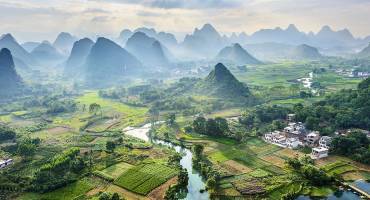
China Travel Guide
ViewCulture
Home of one of the world’s earliest civilizations, and having seen the rise and fall of many empires and dynasties through time, it’s no wonder that China’s culture is extremely unique, rich and diverse. Uncover the highlights on your China vacation with tips from our experts.
Cuisine
Ancient origins, detailed techniques and delicious flavors – is it any wonder that Chinese cuisine is one of the most popular in the world? Whether you’re keen to tuck into fragrant noodles, slurp down flavorsome soups, or find the finest dumplings, experience the best of Chinese cuisine with our tips.
Best Time To Visit
Given that it’s the third-largest country in the world, China’s vast expanse naturally means tremendous diversity in temperatures and weather. From the best time to visit China to month by month highlights, plan your China tour just right with tips from our experts.
